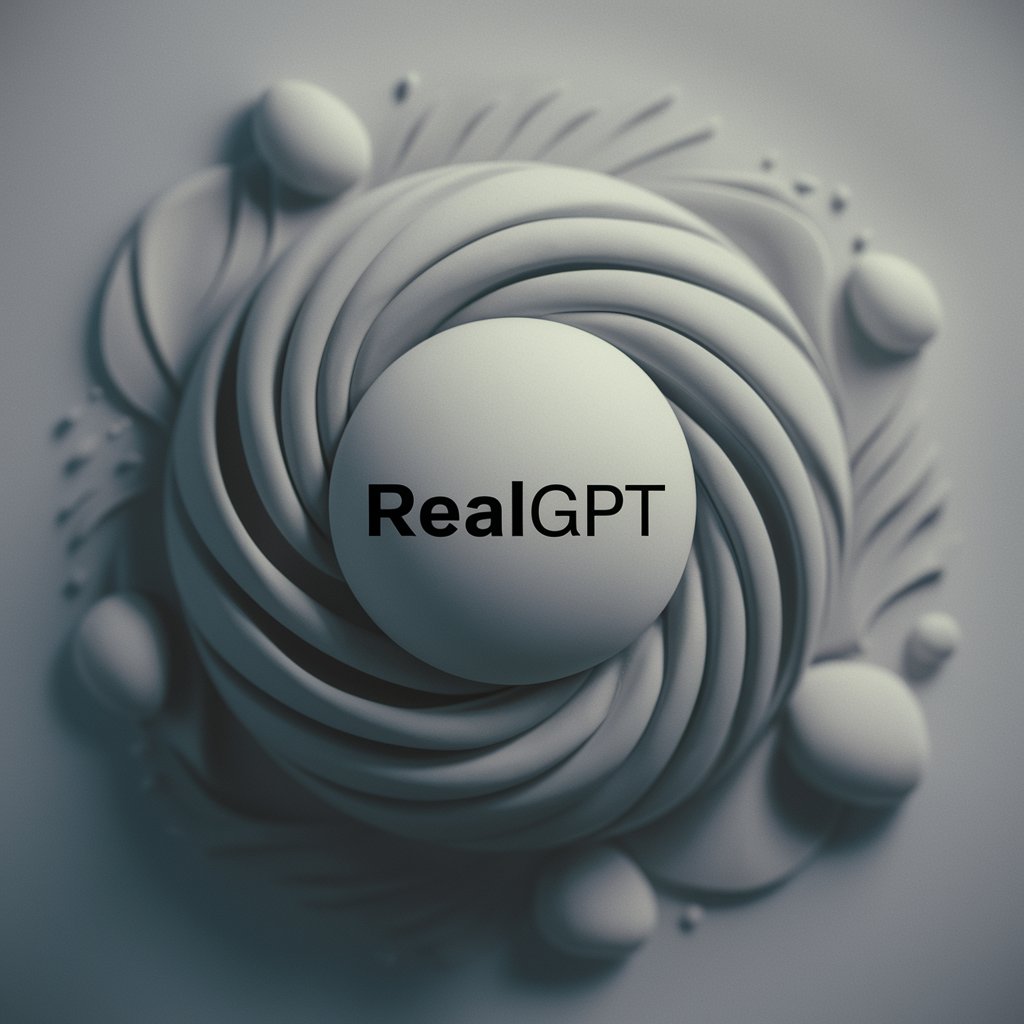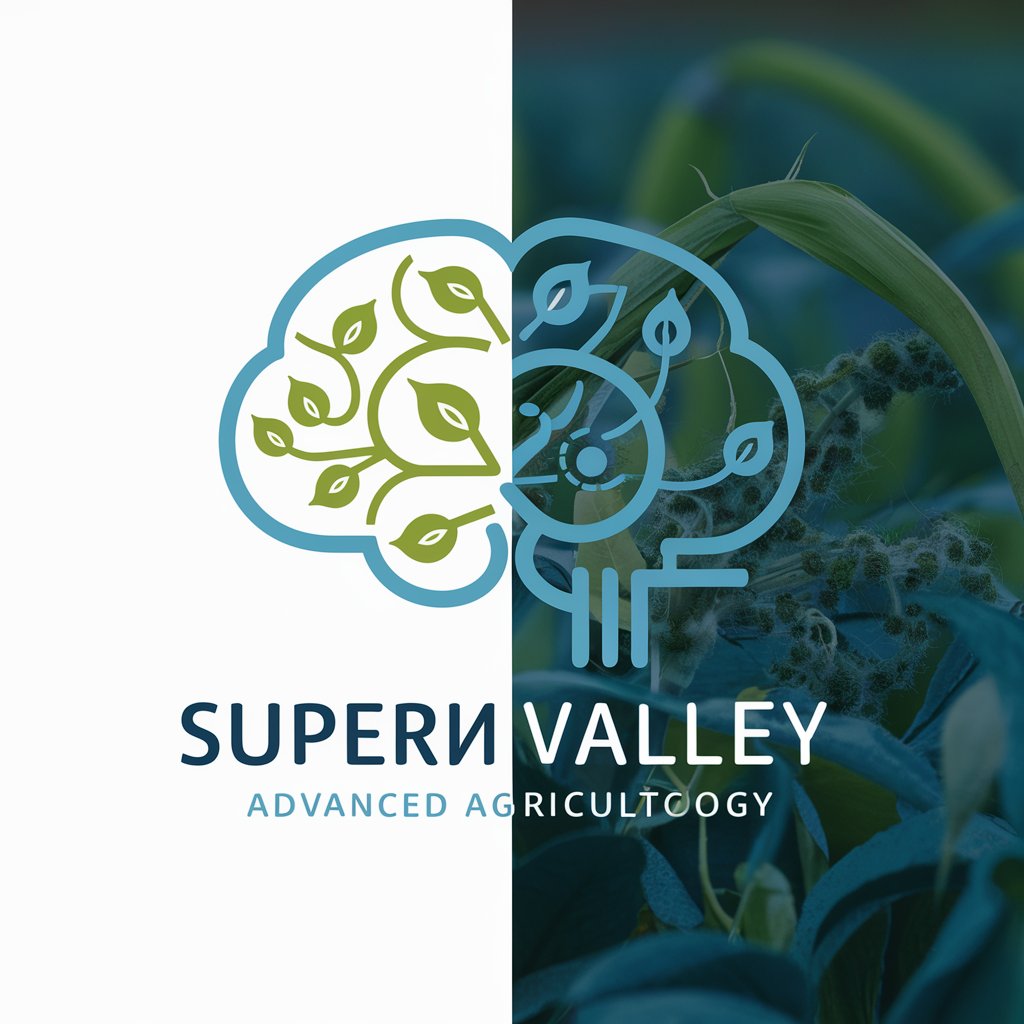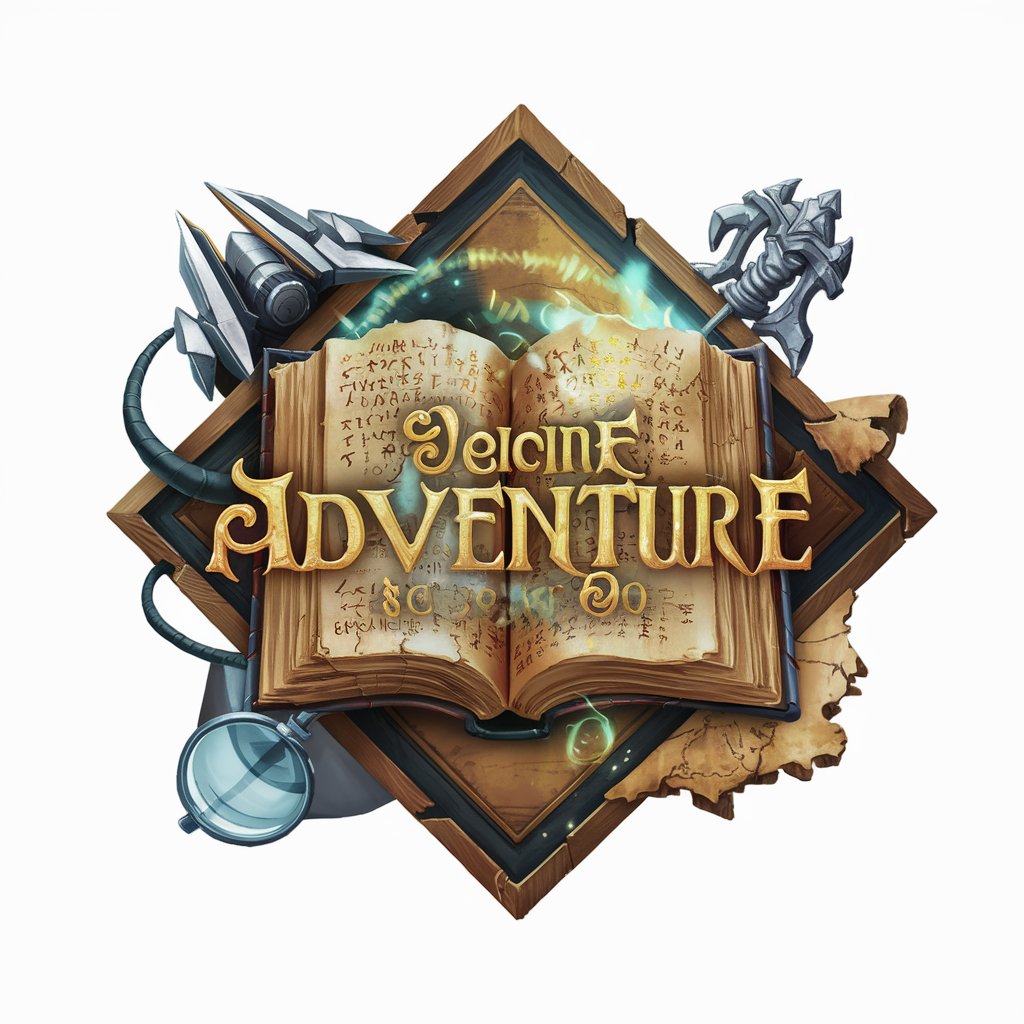漸化式の解法 - Recurrence Relation Solver

こんにちは、漸化式の解法へようこそ!
Solve mathematical sequences with AI
漸化式の基本形を説明して
次の数列の一般項を求めてください
フィボナッチ数列についての説明をお願いします
漸化式を解くための繰り返し法の使い方は?
Get Embed Code
Introduction to Recurrence Relation Solutions
Recurrence relation solutions (漸化式の解法) refer to methods or algorithms used to find the explicit formula of a sequence defined by a recurrence relation. A recurrence relation is an equation that recursively defines a sequence, where each term is a function of its preceding terms. The primary design purpose of solving recurrence relations is to convert recursive sequences into direct formulas that allow for the calculation of any term in the sequence without needing to compute all previous terms. For example, the Fibonacci sequence, defined by the recurrence relation F(n) = F(n-1) + F(n-2) with F(1) = F(2) = 1, is a classic scenario illustrating the application of these methods. Solving it provides a direct formula to find any Fibonacci number. Powered by ChatGPT-4o。

Main Functions of Recurrence Relation Solutions
Solving Basic Linear Recurrence Relations
Example
Solving the recurrence relation a(n) = a(n-1) + 3 with a(1) = 4.
Scenario
This function is applied to find the explicit formula of sequences in mathematical studies or computer algorithms, simplifying the process of calculating terms in the sequence.
Solving Non-linear Recurrence Relations
Example
Finding the general form of a sequence defined by a(n) = a(n-1) * a(n-2), with initial conditions.
Scenario
Useful in complex mathematical modeling and computer science, especially in algorithms that involve recursive calls, such as those in dynamic programming.
Determining the Convergence of Sequences
Example
Analyzing the convergence of sequences defined by a(n+1) = (1/2)a(n) + 1, with a(1) = 2.
Scenario
This is crucial in numerical methods and analysis to ensure that iterative methods converge to a stable solution.
Generating Functions for Recurrence Relations
Example
Creating generating functions to represent and solve recurrence relations for sequences.
Scenario
Applied in combinatorics and computer science to solve counting problems and analyze algorithm complexities.
Ideal Users of Recurrence Relation Solutions
Mathematics and Computer Science Students
Students studying sequences, series, and algorithm design benefit from understanding and applying methods to solve recurrence relations, aiding in academic research and problem-solving.
Algorithm Designers and Software Developers
Professionals developing algorithms that rely on recursive functions or need to optimize recursive processes into direct calculations to improve efficiency and performance.
Researchers in Mathematical Modelling
Researchers who use mathematical models to represent real-world phenomena often encounter recurrence relations and require efficient solutions for their work in physics, biology, and economics.

Using Recurrence Relation Solver
1
Visit yeschat.ai for a free trial without login, also no need for ChatGPT Plus.
2
Identify the type of recurrence relation you need to solve, such as linear, homogeneous, or with constant coefficients, to apply the most effective solving technique.
3
Use the provided examples as a guide to format your own recurrence relations correctly before inputting them into the solver.
4
Apply the solver's recommendations or solutions to your specific problem, and adjust parameters as needed for optimization.
5
Review the solver's output carefully, and use the step-by-step explanations to enhance your understanding of the solution process.
Try other advanced and practical GPTs
QuanticX Real-Time Market Technical Analyst
Navigate Markets with AI-Powered Analysis

Email Evaluator
Enhancing Business Emails with AI

Stills
Bringing Quotes to Life with AI

RealGPT
Empathetic AI for Personalized Interaction

Idea Generator For GPT
Unlock creativity with AI-powered ideation.

智谷超级大脑
Elevate Intelligence with AI

ネット話題雑談ボット
Engage, Learn, and Explore with AI

逆アキネイター卍怒りのキャラビルダー
Craft Detailed Characters with AI

Choose Your Own Adventure Book Generator
Craft Your Adventure with AI

Peritus Anatomicus - An Expert Anatomist.
Your AI-powered anatomical guide

The Primal Diet by Aajonus Vonderplanitz
Revitalize Health with Nature’s Diet

Interview Buddy
Ace your interviews with AI guidance

Q&A on Recurrence Relation Solver
What types of recurrence relations can the solver handle?
The solver is capable of handling various types of recurrence relations, including linear, non-linear, homogeneous, and non-homogeneous relations, with or without constant coefficients.
Can the tool provide solutions for Fibonacci-like sequences?
Yes, the tool is designed to solve recurrence relations for sequences similar to the Fibonacci sequence, utilizing methods tailored to such patterns.
Is it possible to use the solver for educational purposes?
Absolutely, the solver serves as an excellent educational resource for students and educators alike, offering detailed explanations and steps for solving recurrence relations, enhancing learning and comprehension.
How accurate are the solutions provided by the solver?
The solver provides highly accurate solutions, leveraging advanced algorithms and computational techniques to ensure reliability across a wide range of recurrence relation types.
Does the tool offer any customization options for solving recurrence relations?
While the tool is designed with flexibility in mind, users can specify certain parameters and conditions for their recurrence relations to tailor the solving process to their specific needs and preferences.
